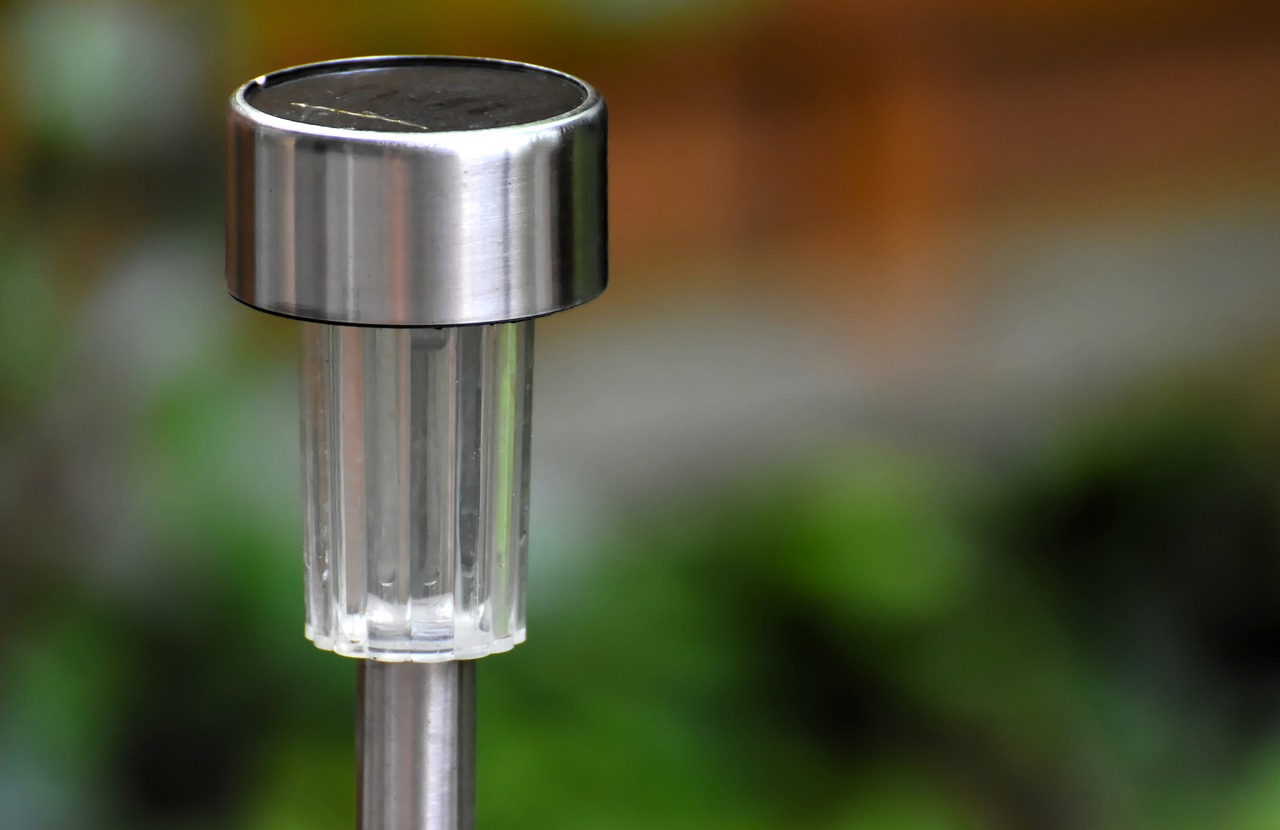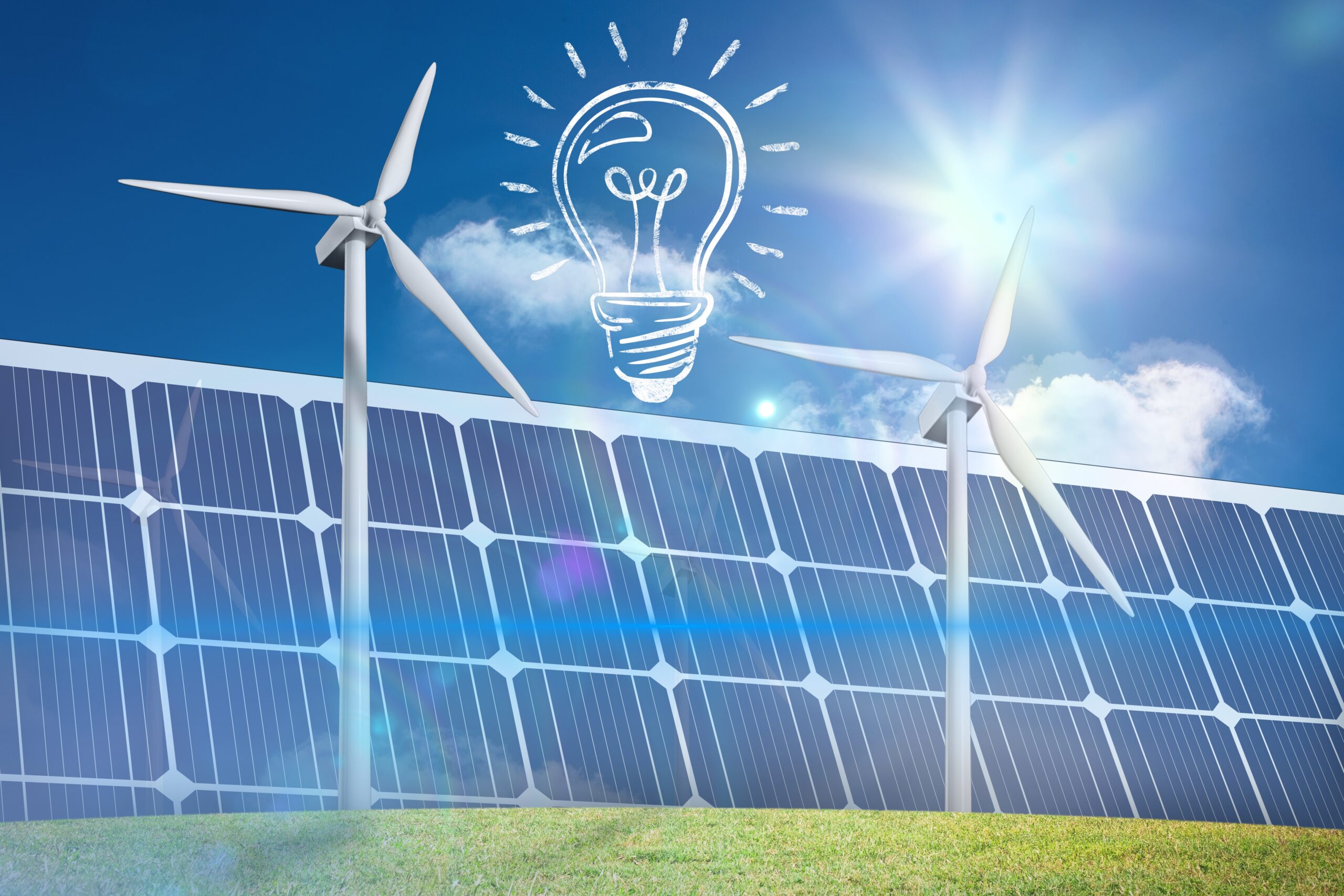You pride yourself on creating a welcoming and well-lit outdoor space; solar path lights play a vital role in that. In “Maximizing Battery Life in Solar Path Lights,” you’ll discover practical tips and tricks to ensure your garden remains beautifully illuminated while extending the lifespan of your solar lights. From strategic placement to innovative maintenance practices, this guide covers all you need to know to keep your pathways glowing efficiently night after night.
Have you ever wondered how you can get the most out of your solar path lights and keep them shining brightly for as long as possible? If you’re like many homeowners, you appreciate the charm and security that these lights bring to your outdoor spaces. However, maximizing their battery life can sometimes be puzzling. Don’t worry—you’re in the right place!
Welcome to your ultimate guide on “Maximizing Battery Life in Solar Path Lights: Tips and Tricks for Long-Lasting Illumination.” In this article, we’ll take a friendly stroll through everything you need to know to keep your solar lights glowing efficiently. From basics to advanced tips, we’ve got you covered.
Understanding How Solar Path Lights Work
Before diving into the tips and tricks, it’s essential to understand how solar path lights function. Knowing the basics can help you make informed decisions to maximize battery life.
Components of Solar Path Lights
Solar path lights consist of several integral components, each playing a crucial role:
- Solar Panel: Captures sunlight and converts it into electrical energy.
- Battery: Stores the electrical energy for later use.
- LED Light Bulb: Uses the stored energy to emit light.
- Controller Board: Manages the flow of electricity between the solar panel, battery, and LED bulb.
- Sensor: Detects when it’s dark enough to turn the light on and when it’s light enough to switch it off.
How They Function
During the day, sunlight hits the solar panels, converting solar energy into electricity stored in the battery. Once darkness falls, the sensor triggers the LED light to turn on, consuming the stored energy. The cycle repeats itself daily.
Factors Affecting Battery Life
The longevity of your solar path lights’ battery is influenced by several factors, which we’ll discuss in detail.
Quality of the Solar Panels

Quality matters. Higher-quality solar panels efficiently convert more sunlight into electricity, offering a longer battery life and brighter illumination.
Battery Type and Capacity
Different types of batteries have varying lifespans and capacities. Common types include nickel-cadmium (NiCd), Nickel-Metal Hydride (NiMH), and Lithium-Ion (Li-Ion).
| Battery Type | Capacity | Lifespan | Cost |
|---|---|---|---|
| Nickel Cadmium (NiCd) | Moderate | Moderate | Low |
| Nickel Metal Hydride (NiMH) | Higher | Long | Moderate |
| Lithium-Ion (Li-Ion) | Highest | Longest | High |
Understanding these differences can help you choose the best battery for your needs.
Amount of Sunlight Exposure
Location and amount of sunlight exposure significantly affect battery life. Shaded areas or regions with less sunlight will reduce the efficiency of solar panels.
Seasonal Changes
Seasons can impact the performance of your solar path lights. The solar panels receive less sunlight during shorter winter days, leading to shorter battery life.
Quality of the LED
Efficient LED bulbs consume less power while providing adequate lighting, maximizing battery life.
Maximizing Solar Path Light Battery Life
Now that you know the factors affecting battery life, let’s explore actionable tips to maximize it.
Optimal Placement
Placing your solar lights in optimal locations ensures they receive maximum sunlight.
- Avoid Shaded Areas: Ensure trees, buildings, or other structures do not obstruct the solar panels.
- Face the Right Direction: South-facing solar panels receive the most sunlight in the Northern Hemisphere.
- Clean Panels Regularly: Dust and grime can reduce the efficiency of solar panels.
Regular Maintenance
Keeping your solar path lights in good condition extends battery life.
- Clean the Solar Panels: Use a soft cloth and mild detergent to remove dirt and debris.
- Check for Damage: Inspect for cracks or any other damage affecting performance.
- Replace Old Batteries: Over time, batteries lose their capacity. Replacing them periodically ensures continued performance.
Using High-Efficiency LEDs
Opt for high-efficiency LEDs. They consume less power while providing the same brightness level, ensuring the battery lasts longer.
Smart Use of Sensors
Ensure the sensors work correctly so the lights only turn on when needed.
- Position Correctly: Ensure sensors are not obstructed.
- Regular Checks: Periodically verify that sensors are functioning correctly.
Seasonal Adjustments
Adjusting your lights seasonally can help in maintaining battery efficiency.
- Increase Sunlight Exposure: During shorter days, you may need to adjust the positioning of your lights to capture more sunlight.
- Store in Winter: If you live in an area with harsh winters, storing the lights during this period can preserve battery life.
Advanced Tips for Maximizing Battery Life
If you’re willing to go the extra mile, here are some advanced tips to maximize your solar path lights’ battery life.
Using External Batteries
For extended battery life, consider using external battery packs. Some solar path lights support external batteries, offering additional power storage.
Upgrading Solar Panels
Invest in high-efficiency or larger-capacity solar panels to ensure more sunlight is converted into electrical energy, providing a longer battery lifespan.
Smart Controllers
Using smart controllers can help in ensuring efficient energy usage.
- Dimming Capabilities: Automatically dim the lights during periods of low activity to save energy.
- Timers: Set timers to control when the lights turn on and off.
Choosing the Right Solar Path Lights
Choosing the right solar path lights can significantly affect battery life.
Look for High-Quality Brands
Investing in reputable brands often pays off in the long run, as they typically offer better quality components and more efficient energy usage.
Check Reviews
Reading reviews can provide insight into real-world performance and reliability, helping you make an informed decision.
Technical Specifications
Consider technical specifications such as battery type, capacity, and solar panel efficiency. Comparing these aspects can guide you to the most efficient product.
DIY Upgrades for Your Existing Solar Path Lights
You don’t always need to buy new solar lights. Simple DIY upgrades can improve your existing lights’ performance and battery life.
Solar Panel Upgrade
Replacing older solar panels with newer, high-efficiency ones can drastically improve performance.
Battery Upgrade
Swapping out old batteries for more efficient types (like moving from NiCd to Li-Ion) can provide better energy storage and longer battery life.
Adding Reflectors
Place reflectors around the solar path lights to increase the sunlight hitting the solar panels, thereby boosting efficiency.
Troubleshooting Common Issues
Sometimes, despite your best efforts, you might encounter issues. Here’s how to troubleshoot common problems:
Lights Not Turning On
If your solar path lights aren’t turning on, consider the following:
- Check the Battery: Ensure it’s charged and correctly installed.
- Inspect the Sensor: Make sure it’s clean and not obstructed.
- Verify Connections: Ensure all components are securely connected.
Dim Lights
If your lights are dim, it could be a sign of:
- Low Battery: Ensure the battery is fully charged.
- LED Issues: Check if the LED functions correctly and replace if necessary.
Short Illumination Time
If your lights aren’t lasting through the night:
- Insufficient Sunlight: Ensure the solar panel is receiving enough sunlight.
- Battery Degradation: Older batteries may need replacing.
Environmental Impact and Sustainability
Using solar path lights is already a step towards sustainability, but let’s discuss how you can make environmentally friendly choices.
Recycle Old Batteries
Don’t just throw old batteries away. Many types contain materials that can be harmful. Look for recycling programs that accept old batteries.
Sustainable Choices
When purchasing new components or lights, opt for brands and products that emphasize sustainability.
Energy Efficiency
Using high-efficiency components extends battery life and reduces your overall environmental footprint.
Final Thoughts
Maximizing the battery life of your solar path lights doesn’t have to be a daunting task. By understanding the components and functionality and implementing the tips and strategies discussed, you can ensure your lights shine brightly for years to come. Remember, quality and maintenance are essential. So give those solar lights the TLC they deserve and enjoy the ambiance and security they bring to your outdoor space!
We hope this guide has been helpful and that you now feel equipped to make the most of your solar path lights. Enjoy the long-lasting illumination!
Additional Resources
For more information, consider checking out the following resources:
Feel free to reach out or comment below if you have any questions or additional tips. Let’s keep our outdoor spaces beautifully lit with efficient, eco-friendly solar path lights!




